Health
A World of Medical Spas: A Comprehensive Guide
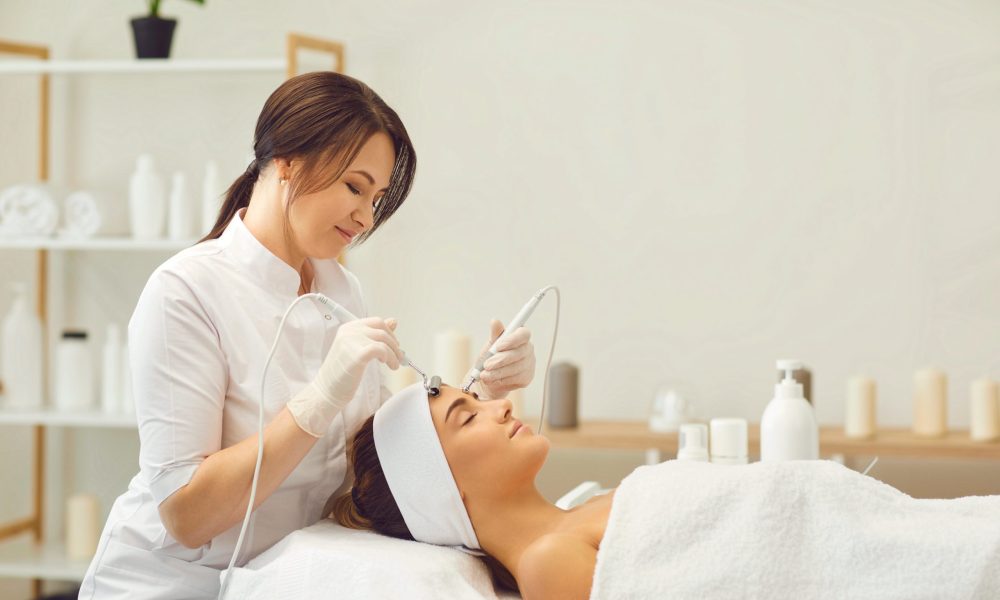
A medical spa is a combination of a traditional day spa and a medical clinic that offers non-invasive cosmetic treatments under the supervision of a licensed medical professional. The treatments offered vary from traditional spa treatments including massages, facials, and body treatments to advanced skin rejuvenation, laser hair removal, and Botox injections. Medical spas offer a range of services specially designed to enhance your appearance and improve your overall well-being.
Facilities and Equipment:
Medical spas operate under stringent regulations and are required to maintain modern and state-of-the-art equipment. They invest in the latest tools and techniques to provide the most efficient and effective treatment to their clients. The facilities at medical spas are generally sterile, professional, and serene environments. They are designed to provide clients with a sense of calm while receiving specialized treatments.
Customized Treatments:
Every individual has unique skin concerns and desired results from cosmetic enhancement treatments. Medical spas offer customized treatment options that are tailored specifically to the individual. They provide personalized consultations to understand your requirements and recommend the most appropriate treatments for your skin type and concerns.
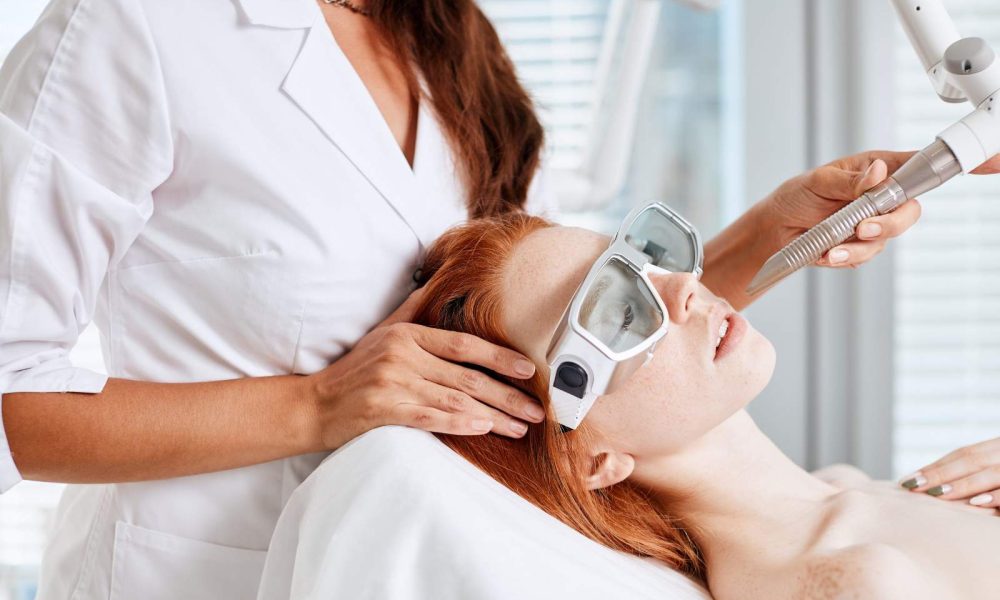
Types Of Medical Spas
There are Different Kind Of Medical Spas.
Detoxification and Wellness spas
If you’re looking to detoxify your body and get rid of all the harmful toxins that have accumulated over time, then you may want to consider visiting a detoxification or wellness spa. These types of medical spas offer a range of treatments that are designed to help you cleanse your system, boost your immune system, and improve your overall health and wellbeing.
Some common treatments that you can expect to find at these types of spas include hydrotherapy, colon therapy, nutritional counseling, and yoga classes. Many of these facilities also offer retreat programs where you can stay for a week or more and undergo a more intensive detox program designed to help you get back on track.
Skin Wellness spas
If you’re struggling with skin issues like acne, dryness, or aging, then a skin wellness spa may be the perfect solution for you. These types of spas focus specifically on skin care treatments that can help to rejuvenate and revitalize your skin, leaving it looking healthy and clear.
Some common treatments that you can expect to find at skin wellness spas include chemical peels, facials, laser resurfacing, and micro needling. These treatments are designed to target specific skin concerns and can be customized to meet your individual needs and preferences.
Dermani Medspa is one such place that is specialized in a vast array of skincare needs, including IPL photofacials – which target age, sun spots, and redness. A photofacial requires no downtime, making it the ideal procedure to undertake at a medspa.
Holistic spas
If you’re looking for a more holistic approach to health and wellness, then a holistic spa may be the right choice for you. These types of spas focus on treating the whole person, rather than just a specific ailment, and they place a strong emphasis on mind-body connection and spiritual well-being.
Some common treatments that you can find at holistic spas include acupuncture, massage therapy, energy healing, and meditation classes. These treatments are designed to help you achieve a greater sense of balance and harmony in your life, and they can be a powerful tool for managing stress and improving your overall health and wellbeing.
Medical spas
Finally, medical spas in Austin are becoming increasingly popular these days, as they offer a range of minimally invasive cosmetic treatments that can help you achieve a more youthful and refreshed appearance. These types of spas are staffed by medical professionals, so you can be assured that you’re receiving safe and effective treatments that are tailored to your individual needs.
Some common treatments that you can find at medical spas include Botox injections, dermal fillers, laser hair removal, and skin resurfacing. These treatments are generally quick and easy, and they require little to no downtime, making them a convenient solution for those with busy schedules.
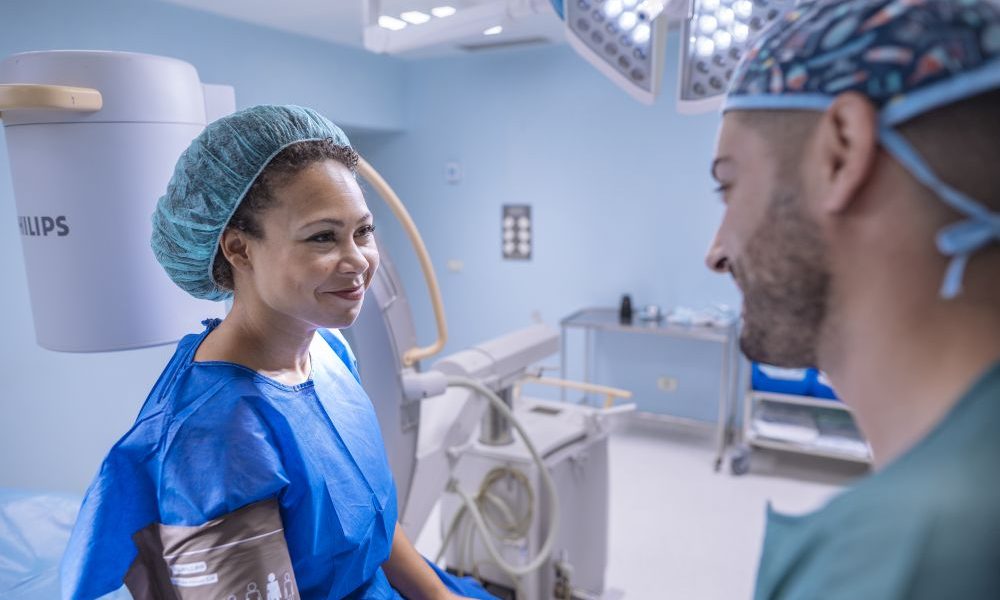
Benefits Of Visiting A Medical Spa
Medical spas, also known as med spas, offer a range of services that are designed to enhance your wellbeing, from skincare treatments to body sculpting procedures.
Relaxation and Stress Relief
One of the biggest benefits of visiting a medical spa is the opportunity to relax and de-stress. Med spas provide a peaceful and serene environment where you can unwind and recharge your batteries. Many of the treatments offered at medical spas are designed to promote relaxation, such as massages, acupuncture, and aromatherapy.
These treatments can not only help you feel more relaxed in the moment, but can also have long-term benefits for your mental health.
Improved Skin Health
Another benefit of visiting a medical spa is the opportunity to improve your skin health. Med spas offer a range of skincare treatments that can address a variety of concerns, from acne and wrinkles to sun damage and scarring.
These treatments are typically more advanced than what you can get at a traditional spa, as they are often performed by licensed medical professionals. Some of the skincare treatments you may find at a med spa include chemical peels, microdermabrasion, and laser therapy.
Health and Wellness
Medical spas aren’t just about enhancing your appearance they also offer services that can boost your overall health and wellbeing. For example, many med spas offer nutritional counseling and weight loss programs, as well as treatments for chronic pain and inflammation.
Some med spas even offer alternative therapies such as acupuncture, chiropractic care, and herbal medicine. These services can help you achieve and maintain optimal health, both physically and mentally.
Non-Invasive Procedures
Finally, many people appreciate the fact that medical spas offer a range of non-invasive procedures that can enhance their appearance without the need for surgery or other invasive measures. For example, med spas may offer body sculpting procedures that can help reduce stubborn fat pockets, or injectable such as Botox and fillers that can help smooth out wrinkles and fine lines.
These non-invasive procedures typically have minimal downtime and can help you achieve a more youthful, refreshed appearance.

Health
Report Causes Pfizer Stock to Climb Approximately $1 Billion Acquired by Starboard
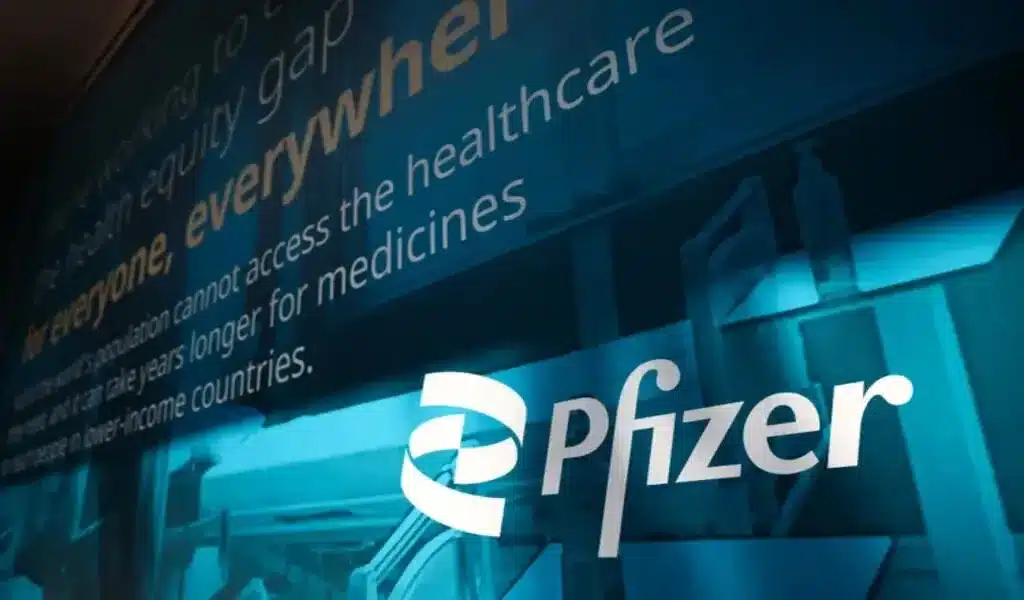
(VOR News) – According to a rumor that activist investor Pfizer Starboard Value has taken a holding in the struggling pharmaceutical business that is expected to be worth around one billion dollars, the stock of Pfizer (PFE) is on the increase in premarket trading on Monday.
This comes after the report was made public. The report was made available to the general public following this. Starboard Value was successful in moving forward with the acquisition of the position.
Starboard is said to have approached Ian Read, a former chief executive officer of Pfizer, and Frank D’Amelio, a former chief financial officer, in order to seek assistance with its goals of boosting the performance of the company, according to the Wall Street Journal. Read and D’Amelio are both former Pfizer executives.
The purpose of this is to facilitate the accomplishment of its objectives, which include enhancing the overall performance of the firm.
In their previous jobs, D’Amelio and Read were chief financial officers.
It is stated in the report that the hedge fund is of the opinion that Pfizer, which is currently being managed by Albert Bourla, who succeeded Read as Chief Executive Officer (CEO) in 2019, does not demonstrate the same level of mergers and acquisitions (M&A) discipline that Read did. Bourla took over for Read in 2019. Read was succeeded by Bourla in the year 2019.
Pfizer, a multinational pharmaceutical conglomerate, has made substantial investments in the acquisition of more companies that are involved in the research and development of cancer medicines.
These businesses have been acquired for billions of dollars. The biotechnology company Seagen, which was acquired by Pfizer in the previous year for a price of $43 billion, is included in this category. One of the businesses that can be classified as belonging to this category is Seagen.
In spite of the fact that the S&P 500 Index experienced a 21% increase in 2024.
No major trading occurred in Pfizer stock that year.
Due to the fact that the demand for Pfizer’s COVID-19 vaccines fell after the firm reached its pandemic peak in 2021, the share price of the corporation has decreased by over fifty percent since that time.
This drop has occurred ever since the company’s shares reached their maximum peak, which was during the time that this decline occurred. Not only have they not changed at all, but they have also remained essentially stable. This is in contrast to the S&P 500, which has gained 21% since the beginning of this year.
Recently, the corporation was forced to take a hit when it decided to recall all of the sickle cell illness medications that it had distributed all over the world.
Fears that the prescription could lead patients to experience severe agony and possibly even death were the impetus for the decision to recall the product. In spite of the fact that Pfizer’s stock is increasing by almost three percent as a result of the news that followed the company’s decision, this is the circumstance that has come about.
SOURCE: IPN
SEE ALSO:
New Study Reveals Drinking Soda Pop Increases the Risk of Stroke
The Mpox Vaccine’s Protection Decreases Within a Year; Booster Requirements
Health
New Study Reveals Drinking Soda Pop Increases the Risk of Stroke

A recent report from global research indicates that excessive consumption of coffee or soda pop is associated with an increased risk of stroke, although the intake of black and green tea is correlated with a reduced risk. Excessive consumption of soda pop or coffee warrants caution!
Recent research indicates that it may substantially elevate the risk of stroke.
Consuming four cups of coffee daily elevates the risk of stroke, according to studies, although ingesting 3-4 cups of black or green tea daily typically offers protection against stroke. Additionally, consume more coffee; it may reduce your risk of mortality.
Recent findings from global research studies co-led by the University of Galway and McMaster University, alongside an international consortium of stroke researchers, indicate that soda, encompassing both sugar-sweetened and artificially sweetened variants such as diet or zero sugar, is associated with a 22 percent heightened risk of stroke. The risk escalated significantly with the consumption of two or more of these beverages daily.
Stroke Risk Fizzy Drinks and Soda Pop
The correlation between fizzy drinks consumption and stroke risk was most pronounced in Europe, the Middle East, Africa, and South America. Women exhibit the most elevated risk of stroke from bleeding (intracranial hemorrhage) associated with fruit juice beverages. Consuming over 7 cups of water daily diminishes the likelihood of stroke due to a clot.
Researchers observed that numerous items advertised as fruit juice are derived from concentrates and have added sugars and preservatives, potentially negating the advantages often associated with fresh fruit and instead elevating stroke risk.
Fruit juice beverages were associated with a 37 percent heightened risk of stroke resulting from bleeding (intracranial hemorrhage). Consuming two of these beverages daily increases the risk thrice.
Consuming over four cups of coffee daily elevates the risk of stroke by 37 percent, although lower consumption levels do not correlate with stroke risk. Conversely, tea consumption was associated with an 18-20 percent reduction in stroke risk. Additionally, consuming 3-4 cups daily of black tea, such as Breakfast and Earl Grey varieties, excluding green and herbal teas, was associated with a 29 percent reduced risk of stroke.
Consuming 3-4 cups of green tea daily was associated with a 27 percent reduction in stroke risk. Notably, the addition of milk may diminish or inhibit the advantageous effects of antioxidants present in tea. The lower risk of stroke associated with tea consumption was negated for individuals who added milk.
Disclaimer: This article is intended solely for informational reasons and should not be considered a replacement for professional medical counsel. Consistently consult your physician regarding any inquiries pertaining to a medical problem.
Related News:
Starbucks Faces Sales Decline Amid Price Fatigue and Rising Competition
Starbucks Faces Sales Decline Amid Price Fatigue and Rising Competition
Health
Following a Diagnosis of Breast Cancer, What Else Should You Know?
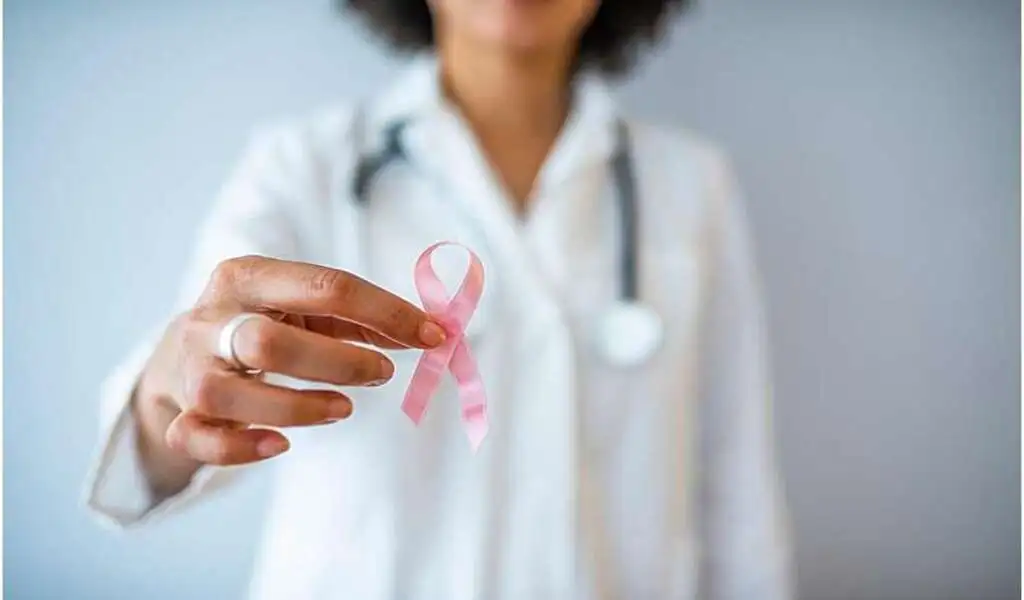
(VOR News) – Even though breast cancer affects one in eight American women, receiving a diagnosis can make a woman feel isolated.
Experts in breast cancer from the American College of Physicians (ACS) advise patients on how to manage their disease so that they may better cope with this awful information.
First, the kind and stage of breast cancer dictates the course of your care.
In addition to immunotherapy and chemotherapy, there are various surgical options available for the treatment of breast cancer.
Women of African descent are disproportionately affected by triple-negative breast cancer, an extremely aggressive form of the disease that has never proven easy to treat.
According to the American Cancer Society, pembrolizumab (Keytruda), an immunotherapy, has been shown to be helpful when combined with chemotherapy and is currently the recommended course of treatment for certain combinations of triple-negative breast cancer.
In her presentation, Dr. Katharine Yao said, “It’s really important that the patient and physician discuss the patient’s preferences and values when deciding what type of treatment to pursue and that they have an honest, individualized discussion with their care team.”
She is currently responsible for developing breast cancer treatment recommendations for more than 575 hospitals and institutions nationwide in her role as chair of the American College of Surgeons’ National Accreditation Program for Breast Institutions (NAPBC).
Yao, vice chair of research at Endeavor Health NorthShore Hospitals in New York, pointed out that each decision made about a patient’s treatment plan should take her preferences and diagnosis into consideration.
She ought to think about whether she would prefer a mastectomy—a surgical procedure that involves removing the entire breast with or without reconstruction—or a lumpectomy, which involves a surgical procedure that spares part of the breast tissue.
She stated that “the breast cancer you have may be very different from the breast cancer you hear about in your neighbor, colleague, or friend” in a press release issued by the American Cancer Society (ACS).
“Consider that while discussing breast cancer with others.”
Throughout your journey, it is critical that you look after your emotional health because having breast cancer may have a detrimental impact on your mental health.
“Getting a cancer diagnosis does not mean that everything in your life stops to be normal.” Director of the Fellowship in the Diseases of the Breast program at the Winthrop P. Rockefeller Cancer Institute at the University of Arkansas and state head of the American Cancer Society Commission on Cancer for Arkansas, Dr. Daniela Ochoa She thinks adding the burden of a cancer diagnosis and treatment to all the other pressures in life may be taxing.
“Managing stress and emotional health is vital component of a treatment plan.”
Ochoa recommends clinically trained psychologists and social workers who have assisted people in coping with cancer to anyone receiving treatment. Learning coping techniques might also be facilitated by joining cancer support groups or cancer wellness initiatives.
Breast cancer specialists say your care team is crucial.
The American Cancer Society (ACS) defines comprehensive care as having support at every stage of the procedure from surgeons, oncologists, patient navigators, nurses, social workers, psychologists, and other specialists.
After receiving a breast cancer diagnosis, women should see a surgeon or medical oncologist to explore their options; nevertheless, treatment shouldn’t be discontinued after just one appointment or after surgery is over.
Additionally, you can ask trustworthy friends or family members to accompany you to appointments and aid you with research or notes. They could serve as a network of support for you.
Yao stated in his talk that “one of the most important things is that patients should search out a team they have confidence in, that they trust will have their back when they need it, and a team they feel they can get access to and that will help them when they are in need.”
SOURCE: MP
SEE ALSO:
The Mpox Vaccine’s Protection Decreases Within a Year; Booster Requirements
COVID was a Paradigm Shift in Health Policymaking, Says Commissioner Stella Kyriakides.
Rwanda Reports 8 Deaths Linked To Ebola-Like Marburg Virus Days After It Declared An Outbreak
-

 News4 years ago
News4 years agoLet’s Know About Ultra High Net Worth Individual
-
Entertainment2 years ago
Mabelle Prior: The Voice of Hope, Resilience, and Diversity Inspiring Generations
-

 Health4 years ago
Health4 years agoHow Much Ivermectin Should You Take?
-

 Tech2 years ago
Tech2 years agoTop Forex Brokers of 2023: Reviews and Analysis for Successful Trading
-

 Lifestyles3 years ago
Lifestyles3 years agoAries Soulmate Signs
-

 Movies2 years ago
Movies2 years agoWhat Should I Do If Disney Plus Keeps Logging Me Out of TV?
-

 Health3 years ago
Health3 years agoCan I Buy Ivermectin Without A Prescription in the USA?
-

 Learning3 years ago
Learning3 years agoVirtual Numbers: What Are They For?